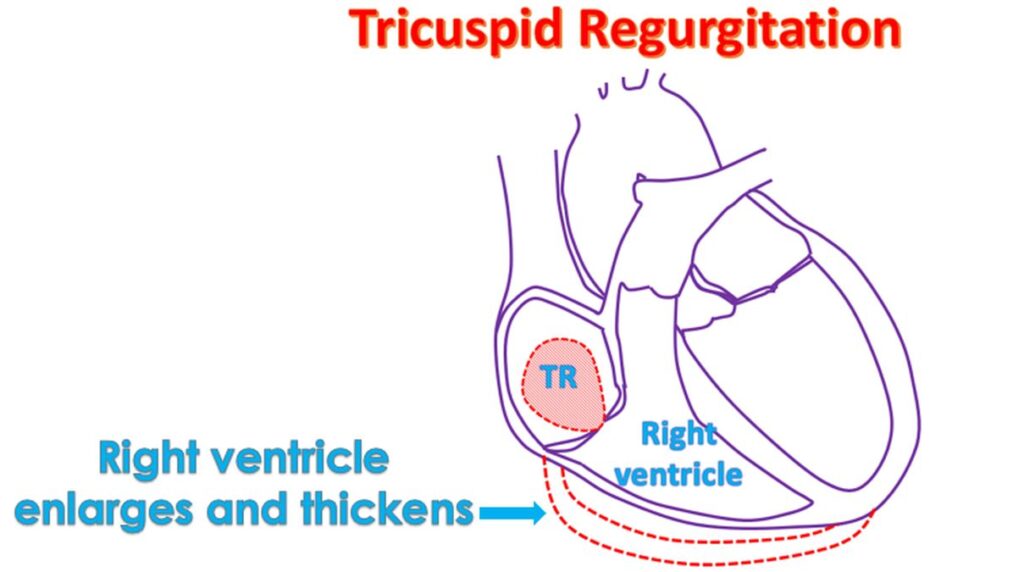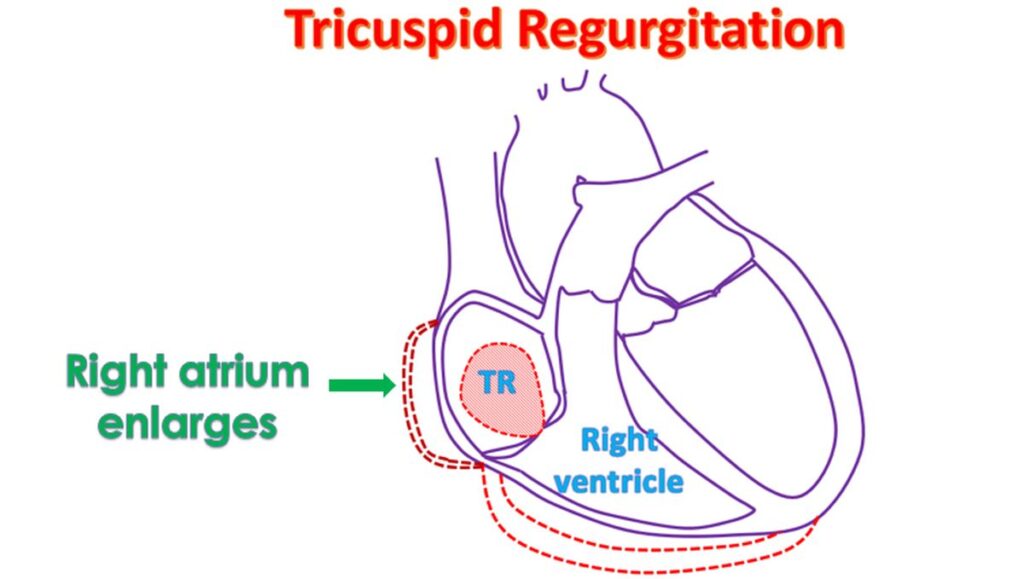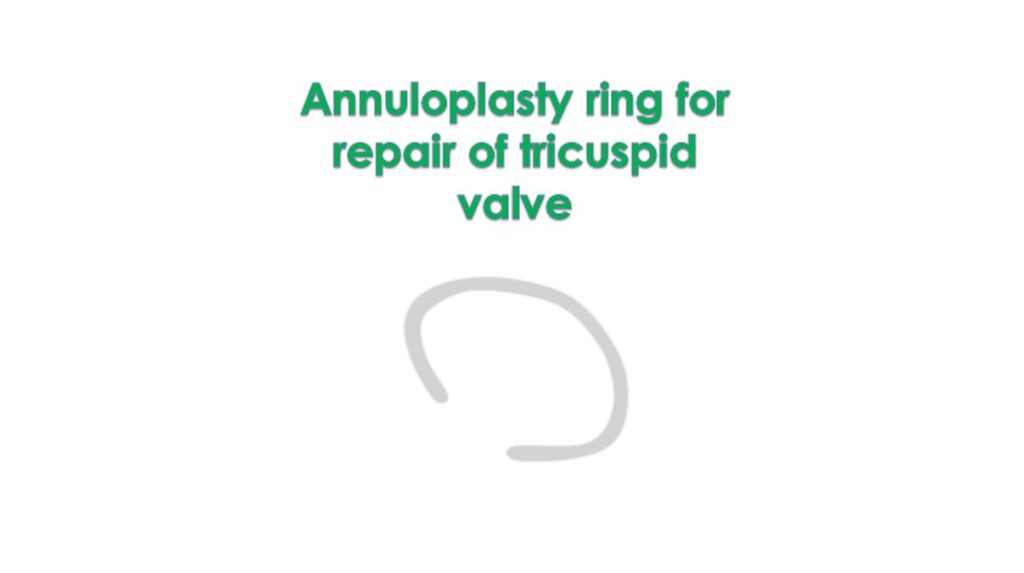What is tricuspid regurgitation?
What is tricuspid regurgitation?
Tricuspid regurgitation is leak in the valve between right ventricle and right atrium. Right atrium is the upper chamber from which right ventricle, the lower chamber receives blood when it relaxes after a contraction. Tricuspid valve normally prevents backflow of blood into the right atrium when the right ventricle contracts and pumps blood to the lungs for oxygenation. Trivial leak in the tricuspid valve is common in normal individuals and can be detected by sensitive tests like colour Doppler echocardiogram, ultrasound study of the heart.
Tricuspid regurgitation occurs most commonly due to increase in the right ventricular pressure. This in turn is due to increase in pressure in the pulmonary artery, which carries blood to the lungs from the right ventricle. Very often increase in blood pressure in the lungs is secondary to either failure of the left ventricle or obstruction of a left sided heart valve like mitral stenosis. Lung disease is another important cause of increase in pulmonary artery pressure. Pressure in the pulmonary artery can also rise in an isolated manner, in a condition known as primary pulmonary hypertension.
Intrinsic disease of the tricuspid valve can also cause tricuspid regurgitation. Two important causes are rheumatic fever, a disease which involves major joints of the body and heart valves, and a rare form of heart disease known as carcinoid heart disease. Tricuspid regurgitation can occur due to infection in those who inject drugs of abuse into the veins as well. This condition would require prolonged antibiotic treatment for a cure.
Symptoms of tricuspid regurgitation are often overshadowed by the symptoms of the primary heart disease which caused the increase in pressure in the pulmonary artery. Right ventricle enlarges and thickens both due to the increase in pulmonary artery pressure as well as the extra work load produced by the leak.

The extra load on the right atrium causes it to enlarge. When the right ventricle fails due to the overload in the long run, the back pressure enlarges the large blood vessels known as superior and inferior vena cava. These blood vessels bring blood from the body to the heart.

Increase in pressure in the superior vena cava manifests as prominent veins in the neck. Increased pressure in inferior vena causes congestion of the liver and collection of fluid under skin of the legs and in the tummy in late stages. Congestion of the liver can produce mild pain and pulsations in the right upper part of the tummy, the location of the liver.
Tricuspid valve having a severe leak may be repaired during open heart surgery for the often associated disease of the valves on the left side like mitral valve disease. A ring is placed at the base of the valve and stitches placed to reduce the size of the valve base, to reduce the leak. This procedure is known as tricuspid annuloplasty.

Recently procedures for rectifying the leak using devices introduced through small holes in the groin with guidance of X-ray imaging has also come into vogue. It is done in a special procedure room known as cardiac catheterization laboratory.
When the valve is not suitable for any of these procedures and the leak is very severe, it can be replaced using an artificial valve, it can be replaced using an artificial valve, in an operation theatre by open heart surgery. An artificial valve will need medications to prevent clot formation within it. These medications have to be given lifelong with careful monitoring of clotting function with a blood test known as INR estimation.


